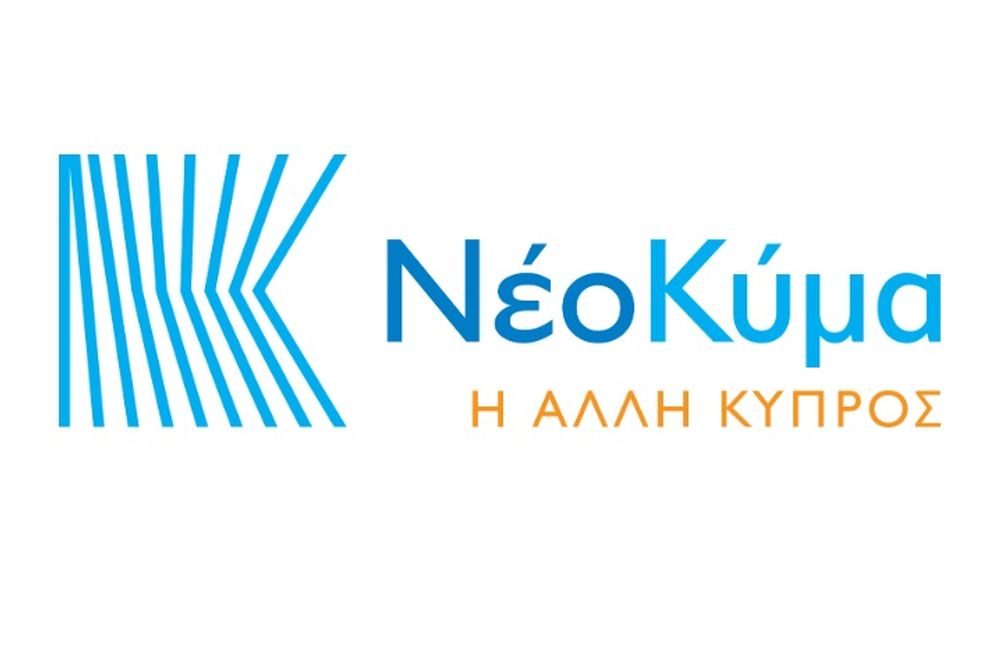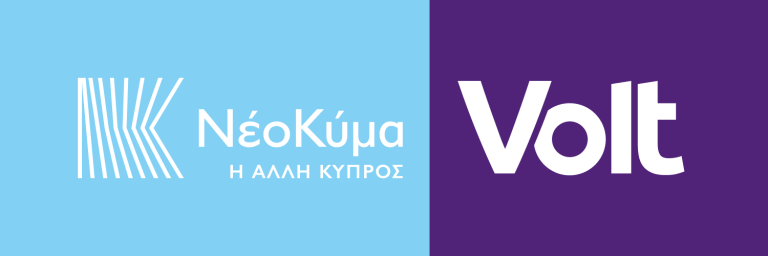How to find positive “Black Swans” in every domain (Horizon Europe, European Green Deal, Growth Strategies for Greece and Cyprus, Resilient Communities, Startups, Large Corporations, Financial Resilience, Smart Defense in the Aegean and Eastern Mediterranean) that capture exponential multiplicative returns.

Covid-19 disrupted the global innovation ecosystem and led to the mass extinction of linear business models and the total failure of risk management plans. The coalescence of the corona pandemic with economic recession, environmental catastrophes, humanitarian disasters, migration crises and severe geopolitical disturbances create the ideal conditions for the perfect storm.
In today’s asymmetrical environment, linear approaches, static tools, efficiency, optimization, incremental innovations and small, gradual improvements are not enough. This great asymmetry (linear thinking vs nonlinearities) is also the main reason why the global community has not succeeded in simultaneously reopening the economy while also continuing to contain virus transmission.
This is the blind spot of innovation. As Nassim Taleb points out: «This hidden ‘convexity bias’ is what the common discourse on innovation is missing. If you ignore the convexity bias, you are missing a chunk of what makes the nonlinear world go round. And it is a fact that such an idea is missing from the discourse».
Miller introduced a three-step model that exemplifies how firms convert asymmetries into resources enabling them to benefit from competitive advantage. Building capabilities out of asymmetries involves that the firm is capable of doing three things well:
1. Discover the asymmetries and discern the potential between them.
2. Turn asymmetries into capabilities by strategically embedding them within an organizational design configuration that exploits them and sustains their development.
3. Match asymmetry-derived capabilities to market opportunities.
For example, the EU Program for Research and Innovation Horizon 2020 uses the following three basic criteria for proposal evaluation and selection: Excellence, Impact and Quality and Efficiency of Implementation. Due to the tectonic shifts in the innovation landscape, it’s important to introduce an additional evaluation parameter, that of Resilience. Innovation Resilience should be a standard, built-in feature in all EU Programs: Horizon Europe 2021–2027, Green Deal, Recovery Fund etc. The main goal is to maximize the impact –scientific, economic, social– of innovation.
There is a window of opportunity for innovation before the next wave of Black Swans in autumn. New dynamic tools and non-linear models are needed to help government and business: a) Implement a dual strategy (convex transformation): discover and exploit positive asymmetries (opportunities) and avoid negative asymmetries (dangers), b) innovate under conditions of extreme uncertainty and c) leverage Artificial Intelligence and Predictive Analytics to innovate real-time.
After many years of research, I created a new Innovation Model, a pioneering cross-cutting tool that embeds Antifragility property in the innovation process. Antifragility –a concept developed by Nassim Taleb– is beyond resilience or robustness. The resilient resists shocks and stays the same; the antifragile gets better. When someone has more upside than downside in a certain situation, he is antifragile and tends to gain from volatility, randomness, errors, uncertainty, stressors and time. And the reverse.
The new Innovation Model can be applied in practically all domains and at all levels, scales and sizes including:
1. Accelerate the innovation cycle – from idea to global market.
2. Strengthen competitiveness, employability and social inclusion.
3. Dual strategy to accelerate recovery from the coronavirus-induced recession: Open up society and restart the economy – but without sparking a new wave of infections and deaths.
4. Design and implementation of Greece and Cyprus Growth Strategies.
5. Circular Economy Business Models; Eco-innovation.
6. Social Innovation and Social Entrepreneurship.
7. Resilient Communities.
8. Crisis Management Plans.
9. Quality Management, Standardization.
10. Banking System: Credit-risk Management, Financial Resilience.
11. National Security Strategy.
12. Nation Branding.
13. Political Campaigns and Commercial Advertising.
14. Creative Industries.
15. Reimagining the Tourism Economy.
16. Health products and services.
17. Education.
18. Scientific Research (transforming data into intelligent information).
19. Fintech and Regtech.
20. Blockchain transformation of Financial Services. Blockchain for creative work (better management of creative content).
21. Cybersecurity.
22. E-Government (build a resilient digital society).
For all areas of application, the new Innovation Paradigm introduces the rules for moving from the fragile towards the antifragile through reduction of fragility or harnessing antifragility. Specifically, more than 50 cross-cutting tools and creativity techniques are proposed that allow Organizations to modify their exposure accordingly, in order to exploit positive asymmetries (convexities) and avoid negative asymmetries.
The field of innovation is concerned with finding positive Black Swans, rare events that capture significant returns. The discovery and exploitation of valuable asymmetries can create exponential multiplicative advantages and benefits, as demonstrated in the following two examples:
a) Circular Economy and Cultural Heritage.
Cultural heritage must be experienced, lived and transmitted to future generations. When Cultural Heritage (meaning the actual objects, monuments, landscapes) is accessed and experienced in ‘shared’ environments, it brings citizens together and creates social inclusion. Besides its enormous social value, European Cultural Heritage is a production factor and an investment opportunity that boosts Europe’s global competitiveness. The best way to realize these benefits is to increase the access to cultural heritage. However, the original artifacts can be accessed by citizens and tourists only if properly conserved, which is not an easy task. Given the vast amount of works of art produced through the ages, and the continuously increasing production from contemporary artists, it is fundamental to develop systems and methodologies for the conservation of artifacts with the following features: feasible, not time-consuming, affordable to end users, and safe to the operators and the works of art.
Cultural heritage is an opportunity for increasing cross-sectorial, cross-disciplinary, cross-border innovation while creating new environments for research data, knowledge and services with engaged stakeholders. The fundamental action that needs to be taken is to enhance a ‘virtuous circle’ that works as follows:
1. Developing safe and compatible solutions allows longer preservation of the artifacts;
2. More visitors are attracted to the artifacts as it is fully restored and accessible;
3. More visitors means more income;
4. More income means more resources that can be dedicated to the conservation and valorization of the artifacts, which brings the virtuous loop back at point 1.
Thus, the loop is favored by a system of social cohesion, cultural identity and mutual exchange between different cultures and social sectors.
To keep cultural heritage alive and create benefits from a better preservation and access to artworks and sites, it is essential that researchers, civil society organizations, private and public sector work together at all levels. The promotion of cultural assets will also be facilitated by the fact that the new methodologies specifically developed for Cultural Heritage are derived from advanced frameworks that are common to several research fields, such as nanosciences, soft condensed matter, etc. Because these fields are mutually interconnected, advancements in the Cultural Heritage field can generate innovations in parallel sectors such as medicine (drug delivery, tissue regeneration), robotics (ICT, automatization), food industry (analysis, preservation, packaging), security systems (monitoring, atmosphere control), hygenics (detergency), etc. Viceversa, new achievements in drug delivery and other fields can be adapted for use in the Cultural Heritage field. This is common to the scientific framework that has been developed since the 1990s, where unique and isolated fields no longer exist.
b) Smart Defense.
In the realm of military affairs and national security, asymmetry is acting, organizing, and thinking differently than opponents in order to maximize one’s own advantages, exploit an opponent’s weaknesses, attain the initiative, or gain greater freedom of action. It can be political-strategic, military-strategic, operational, or a combination of these. It can entail different methods, technologies, values, organizations, time perspectives, or some combination of these. It can be short-term or long-term. It can be deliberate or by default. It can be discrete or pursued in conjunction with symmetric approaches. It can have both psychological and physical dimensions. Forms of asymmetry include: asymmetry of method, asymmetries of technology, asymmetries of will, asymmetry of morale, asymmetries of organization, superior training or leadership, material or psychological. The new Innovation Paradigm is presented analytically –theory and applications– in a 220-page Innovation Toolkit I have prepared. With the help of this step-by-step practical Guide and a 4-hour Training Workshop, Public Sector, Local Government, Business, Academia and the Armed Forces will be able to innovate much more effectively.
*Nicos G. Sykas – Strategy, Communication and Innovation Consultant.


